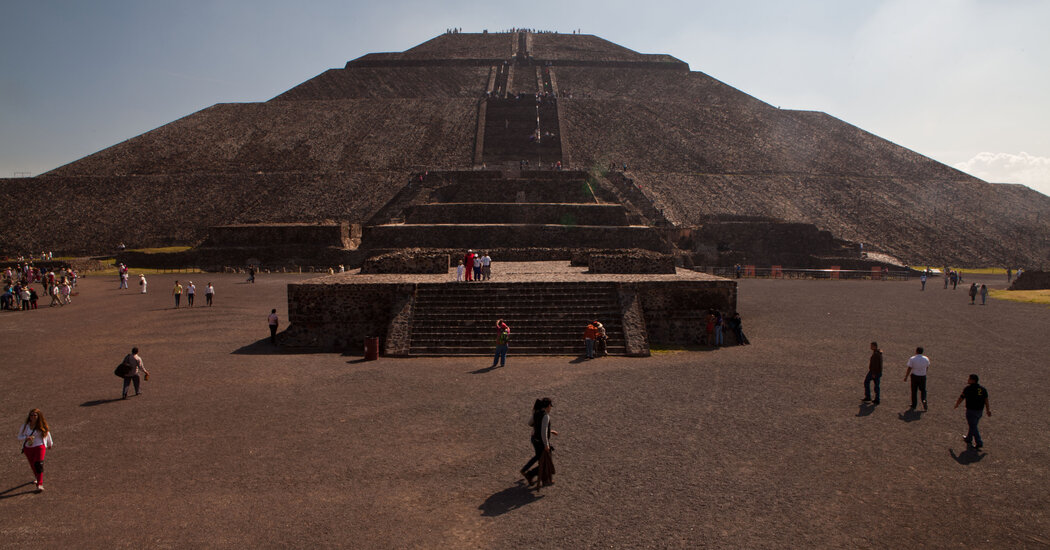It was a metropolis of the ancient Americas, a city where as many as 125,000 people lived at its peak and where the Aztecs, centuries later, stood in wonder at the titanic pyramids they found in ruins.
But for all they have learned about the city of Teotihuacan, archaeologists have also stood in wonder, especially when it comes to the glyphs on its murals and pottery. The symbols have long confounded archaeologists, even as they have deciphered the writings of other cultures, leaving generations of scientists to debate puzzle pieces — signs and languages separated by hundreds of years — that never quite seemed to line up.
“There was always this kind of sense that, ‘well, this looks like the best match,’ but the readings that were suggested always had some problems,” said Christophe Helmke, an archaeologist at the University of Copenhagen.
Now, he and a linguist at his university, Magnus Pharao Hansen, have proposed a new way of looking at the puzzle. Rather than apply a language like Nahuatl — which the Aztecs spoke — they tried turning to a far older one, they reported in an article in Current Anthropology.
“This is where our proposal comes in: We have a reconstruction of the language that’s contemporary with the writing system,” Mr. Helmke said.
The post New Crack at an Ancient Puzzle Reignites Debate for Archaeologists appeared first on New York Times.




